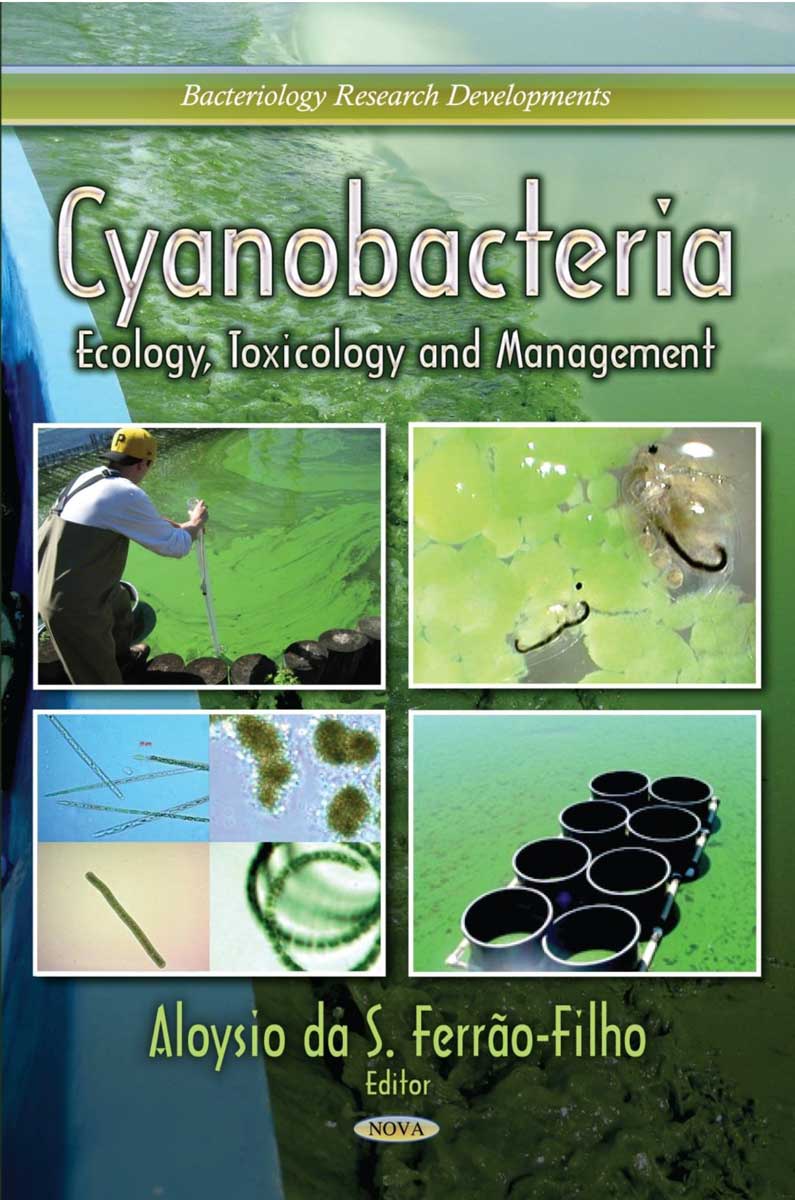Keyword: Phytoplankton Composition

Vanderploeg, H. A., A. E. Wilson, T. H. Johengen, J. Dyble, O. Sarnelle, J. R. Leibig, S. D. Robinson, and G. P. Horst. 2013. The role of selective grazing by dreissenid mussels in promoting toxic Microcystis blooms and other changes in phytoplankton composition in the Great Lakes. Invited book chapter in Quagga and Zebra Mussels: Biology, Impacts, and Control, Second Edition. Editors: T. Nalepa and D. Schloesser. CRC Press, Boca Raton, Florida. pp. 509-524.
Abstract
We investigated the feeding response of zebra and quagga mussels to Microcystis aeruginosa strains from culture collection and from natural seston from Saginaw Bay (Lake Huron), western Lake Erie, and enclosures from Gull Lake, an inland lake in Michigan. These experiments were done to evaluate the roles of strain identity, toxin concentration (microcystin), colony size, and environmental phosphorus concentrations as they affect ingestion or selective rejection of Microcystis in pseudofeces and potential Microcystis bloom promotion through the selective-rejection process. A combination of traditional feeding experiments with mussels confined in beakers and videotaping of mussel behavior was used. We measured changes in Microcystis concentration in the feeding experiments using changes in chlorophyll and the toxin associated with Microcystis (microcystin) in small (<53 μm) and large (>53 μm) size fractions. In natural seston, most colonies fell within the large size fraction. Overall, there were complex interactions that could not be simply explained by microcystin concentration, colony size, or environmental P concentration. Experiments with toxic and nontoxic strains from culture collection indicated different reasons for rejection. In one nontoxic strain having colonies in both the small and large fractions, small colonies were ingested, while large colonies were not. In another nontoxic strain, consisting only of large colonies, no colonies were ingested; however, when the colonies were broken apart by sonication, no small colonies or even single cells were ingested. Video observations showed that both of these strains were readily captured and rejected in pseudofeces after a large number were collected. Mussels fed upon the small colonies of a moderately toxic strain, whereas for another less toxic strain, no feeding occurred. When mussels were induced to feed on this latter strain by adding Cryptomonas—a favorite food of mussels— to the suspension, one of the mussels showed extreme sensitivity to Microcystis by rejecting each colony as they entered the incurrent siphon. Experiments with Microcystis having moderate microcystin concentration from both the low P (Saginaw Bay) and high P (Maumee Bay) sites in the Great Lakes were rejected. Microcystis from enclosures in Gull Lake was ingested despite having very high microcystin concentrations. Whether the selective-rejection process results in a Microcystis bloom depends on both mussel abundance and environmental P concentration as they affect mortality and growth rate of algae competing with Microcystis, as well as the composition of different Microcystis strains (genetic identities) that can coexist at the same time in the same water body. Questions for future research and research approaches to understand these complex interactions are outlined.